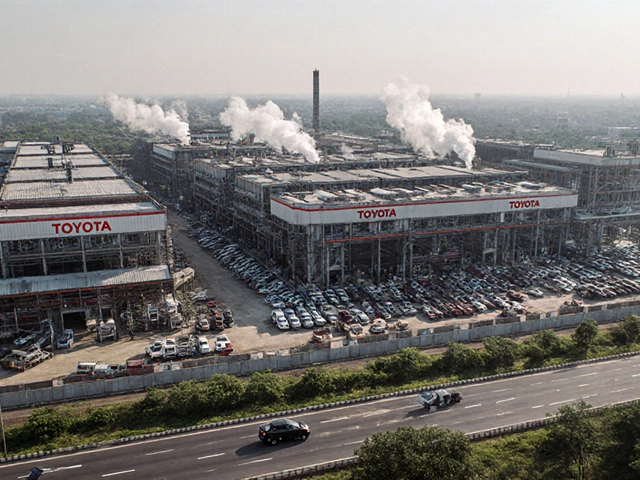Startup Mistake – What You Need to Know Before You Begin
Starting a business feels exciting, but a single misstep can waste months of effort and cash. Ever wondered why so many startups crash early? The truth is, most failures trace back to a handful of avoidable errors. Below you’ll find the most common startup mistakes and easy ways to dodge them.
The Top 5 Mistakes New Entrepreneurs Make
1. Skipping Market Validation. Too many founders build a product first and look for customers later. Without real demand, even the slickest tech stalls. A quick survey, a prototype test, or a simple landing page can prove whether people actually need what you’re offering.
2. Underestimating Cash Flow. Money talks, and it often screams when you’re out of it. Start‑up budgets ignore hidden costs like licensing, shipping, or unexpected taxes. The guide “How Much Money Do You Really Need to Start a Small Scale Business in 2025?” breaks down those hidden numbers so you can plan for them.
3. Ignoring the 5 M’s of Manufacturing. If you’re making a physical product, forgetting the right mix of Man, Machine, Material, Method, and Measurement hurts quality and speed. Our article on the 5 M’s shows how each element fits together and why you need a plan for all of them.
4. Choosing the Wrong Product Niche. Jumping onto a trend without checking long‑term demand leads to dead inventory. The post “Highest Demand Product Ideas for Manufacturing Startups” lists evergreen categories that keep sales steady.
5. Not Building a Scalable Process Early. Small operations that can’t grow quickly end up stuck with bottlenecks. The step‑by‑step guide on becoming a successful manufacturer in 2025 explains how to set up processes that expand without breaking.
How to Fix Those Mistakes Right Away
Start with a simple test. Build a landing page, run a Facebook ad, and watch the sign‑ups. If you get at least 50 qualified leads, you’ve validated interest. Next, map out every cash outflow for the first six months. Use a spreadsheet to track rent, raw material, duties, and even the cost of a single failed prototype.
When it comes to production, apply the 5 M’s checklist before you buy any equipment. Ask yourself: Do I have the right people? Is the machine the right size? Are my raw materials reliable? Can the method be documented? How will I measure quality?
Pick a product that solves a specific problem, not just something that sounds cool. Look at market reports, check Google Trends, and see if the demand has a stable upward curve. If you’re unsure, start with a small batch and gather feedback.
Finally, set up a repeatable SOP (Standard Operating Procedure) for every step—from order receipt to shipping. Document who does what, what tools they use, and how quality is checked. When sales spike, you’ll already have a playbook to follow.
Avoiding these common startup mistakes doesn’t require a massive budget—just a habit of checking, testing, and refining. Use the resources on BK Allied’s site to deep‑dive into each topic, and you’ll be far less likely to hit a wall in your first year.
The Biggest Startup Mistake and How to Avoid It for Long-Term Success
Discover the biggest mistake startups make and how to dodge it. Real insights, facts, and action tips for entrepreneurs aiming for real success.
Read More




